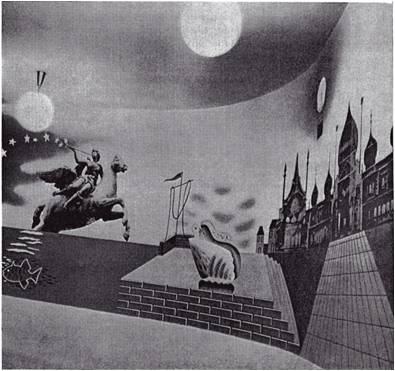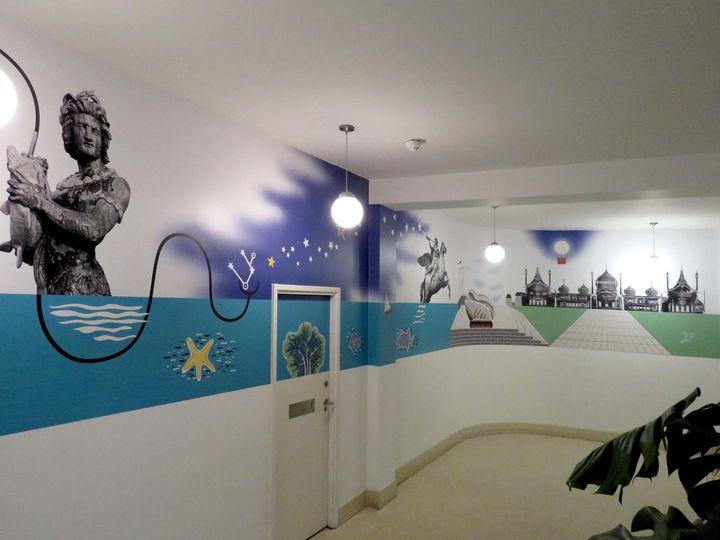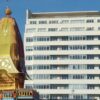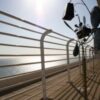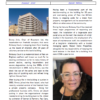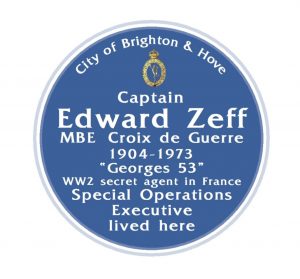Edward McKnight Kauffer's original fresco has been recreated with painstaking care by the Arts group.
The Britain of the 1930s saw an influx of writers, intellectuals, artists and architects escaping totalitarian regimes in Europe. Mingled with talent from the Empire and dominions, new ideas, methods, artistic and social values jolted Britain into a cultural life that could hardly have been imagined by Victorians and Edwardians.
One of the products of this new creative energy could be seen in the foyer of Embassy Court – the Embassy Court Mural. The mural was designed by Edward Mcknight Kauffer one of the most accomplished and widely recognised graphic artists of his day. It was created in situ by Michael Egan and Eugene Mollo, two highly influential talents in cinema design who made their name in the heyday of British cinema architecture. Kauffer was an American painter who had come to Britain in 1914 to find his muse. Mollo was a Russian émigré who had fallen out with Stalin’s authorities, while Egan was an Irish designer who had been brought up in France. The foyer was, of course, designed by Wells Coates, a Canadian brought up in Japan. Britain in the 1930s was one of the few places in the world where persons of such disparate extractions could find themselves locked into a creative enterprise.
The resulting mural was a surreal and evocative masterpiece containing a scene of the Brighton Pavilion before which a giant galloping rider on horseback blew a trumpet and whose music was represented by stars. An enigmatic goddess rose from the sea while a mysterious out sized seashell stood serenely on a plinth.
Mollo and Egan’s techniques included aero sprayed concrete, mixed with photosensitive coatings. Elements of Kauffer’s design were then projected onto the wet surface in dark-room conditions and then washed with a chemical fixative. Kauffer then added the final touches in paint. The Embassy Court Mural was the first use of these techniques on a large scale.
In a sense it was not a mural but a genuine fresco. What happened to it we do not know. Experimental frescos have a poor reputation for longevity and this one may easily have faded or darkened over time. Accounts of the building in the 1960s do not mention it. Photographs of it are few but there was just enough to re-create this impressive work.
The main elements of the mural are John Nash’s Brighton Pavilion, two photographs of sculptures originally taken by Kauffer in Paris; Fame- by the 17th century court sculptor, Antoine Cysevox, a figure of the god Triton from the fountains in the Place de la Concorde, Paris.
The updated version was installed by Zoli in December 2017. The photographs were retaken by members of the Embassy Court, social and arts committee. Architect, John Cook recreated the layout of the mural
Added features are the inclusion of the door at no 3 which did not exist in 1936 and the wind turbines.
